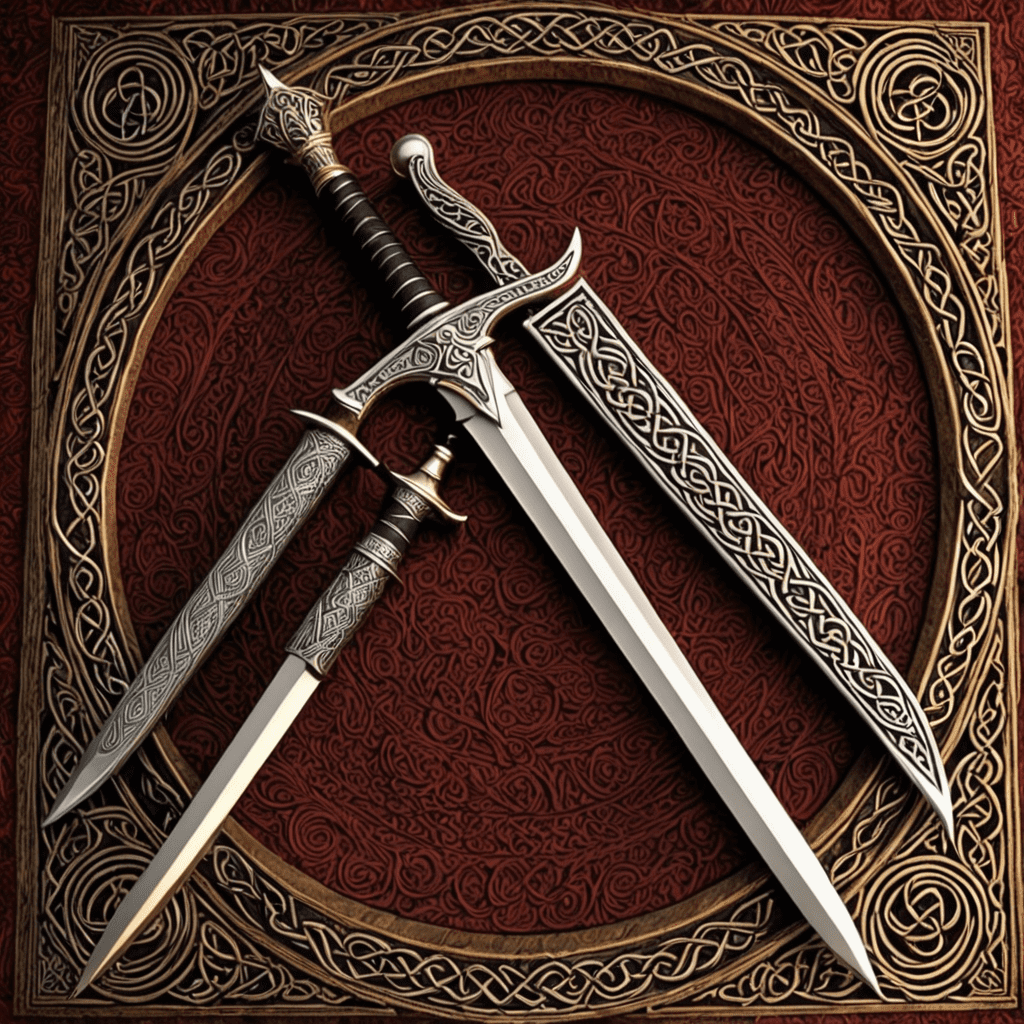1. Introduction
Slavic mythology and folk medicine, deeply intertwined through history and culture, have left an indelible mark on the healing practices of Slavic communities. Slavic mythology, with its pantheon of deities, spirits, and magical creatures, provided a framework for understanding the causes and cures of illness. Folk medicine, in turn, incorporated these mythological beliefs into its rituals, practices, and remedies, shaping the way Slavic people approached healthcare for centuries.
2. Supernatural Beings in Slavic Mythology
The Slavic pantheon featured a diverse array of deities, each associated with specific aspects of nature and human life. Perun, the god of thunder and lightning, was believed to protect warriors and grant victory in battle. Veles, the god of cattle and the underworld, was revered for his wisdom and healing abilities. Spirits, such as the Rusalka, a water nymph, and the Domovoi, a household guardian, were thought to influence human health and well-being. Magical creatures, like the Leshy, a forest spirit, and the Kikimora, a house spirit, could bring both blessings and misfortune upon those who encountered them.
3. Healing Powers of Supernatural Beings
Deities played a crucial role in protecting their worshipers from illness and providing healing. Perun was invoked to ward off evil spirits, while Veles was called upon to heal the sick and injured. Spirits, too, were believed to possess healing powers. The Rusalka was said to cure infertility, and the Domovoi protected the home from disease. Malevolent entities, such as the Kikimora, could cause illness or misfortune, but they could also be appeased through rituals and offerings.
4. Rituals and Beliefs in Slavic Folk Medicine
Slavic folk medicine incorporated a rich array of rituals and beliefs that drew upon the power of supernatural beings. Traditional healing practices involved incantations, prayers, and offerings to deities and spirits. Superstitions and taboos guided people's behavior, shaping their daily routines and influencing their health practices. Amulets and talismans were worn to protect against illness, and herbs and plants were gathered and used in rituals to promote healing.
5. Use of Plants and Herbs in Slavic Folk Medicine
Plants and herbs held a central place in Slavic folk medicine. Many common Slavic plants, such as chamomile, calendula, and St. John's wort, were believed to possess medicinal properties. Herbals, or collections of medicinal plants, were compiled and passed down through generations, providing a valuable resource for healers. Rituals and ceremonies were often associated with the gathering of herbs, ensuring their potency and effectiveness.
6. Healing Animals in Slavic Mythology
Slavic mythology attached great significance to animals, believing they possessed healing properties or could influence human health. Snakes, for instance, were associated with both healing and fertility. Their shed skin was used to create talismans or amulets to ward off illness. Horses, considered sacred animals, were believed to cure certain diseases through their touch. Animal parts, such as bear claws or wolf teeth, were also incorporated into folk remedies. Animal omens played a significant role, with various species associated with good or bad luck, influencing people's decisions and behaviors.
7. Slavic Folk Medicine and the Church
The introduction of Christianity among Slavic communities led to an interaction between pagan beliefs and Christian practices. While some pagan rituals were suppressed, others were adapted or syncretized with Christian traditions. This resulted in a blend of beliefs and practices, where supernatural beings from Slavic mythology coexisted with Christian saints. Folk medicine, too, underwent changes, incorporating Christian elements while retaining its pagan roots. The fusion of beliefs shaped the healing practices and beliefs of Slavic communities.
8. Regional Variations in Slavic Folk Medicine
Slavic folk medicine exhibited regional variations, reflecting the diversity of Slavic cultures across different geographic areas. While core beliefs and practices were shared, there were local variations in the types of supernatural beings, healing rituals, and use of plants and herbs. These differences were influenced by environmental factors, neighboring cultures, and historical events. The study of regional variations provides insights into the richness and diversity of Slavic folk medicine.
9. The Legacy of Slavic Folk Medicine
Slavic folk medicine has left a lasting legacy, influencing modern healthcare practices and beliefs. Remnants of pagan rituals and beliefs can still be found in contemporary folk practices. Herbs and plants used in traditional medicine continue to be valued for their medicinal properties. The syncretism of Slavic mythology and Christianity has contributed to the formation of unique healing traditions that continue to play a role in the cultural identity of Slavic communities. Preserving and studying these traditions helps us understand the continuity of cultural practices and their impact on present-day healthcare.
10. Conclusion
Slavic mythology has profoundly influenced the development of folk medicine among Slavic communities. Supernatural beings, with their healing powers and protective abilities, provided a framework for understanding and treating illness. Rituals, beliefs, and the use of plants and animals in folk medicine drew upon these mythological beliefs, shaping the healthcare practices and beliefs of Slavic peoples. The interaction with Christianity led to a syncretism of beliefs and practices, further enriching the healing traditions. Regional variations and the legacy of Slavic folk medicine continue to provide valuable insights into the cultural and historical evolution of healthcare practices in Slavic communities.
FAQs
Q: What is the role of deities in Slavic folk medicine?
A: Deities, such as Perun and Veles, played crucial roles in protecting their worshipers from illness and providing healing. They were invoked through rituals and prayers to ward off evil spirits and cure the sick.
Q: How were plants and herbs used in Slavic folk medicine?
A: Plants and herbs were central to Slavic folk medicine, with many common species believed to possess medicinal properties. Herbals, compilations of medicinal plants, provided valuable resources for healers. Rituals and ceremonies accompanied the gathering and use of herbs, ensuring their potency and effectiveness.
Q: How did Slavic mythology influence healing practices in Slavic communities?
A: Slavic mythology provided a framework for understanding the causes and cures of illness. Supernatural beings, rituals, beliefs, and the use of plants and animals in folk medicine drew upon mythological concepts, shaping the healthcare practices and beliefs of Slavic communities for centuries.



